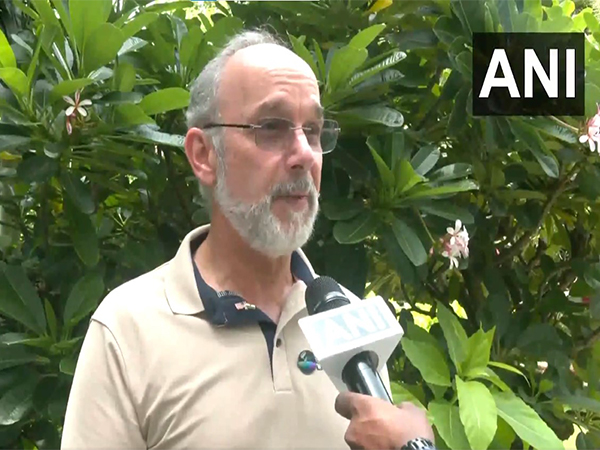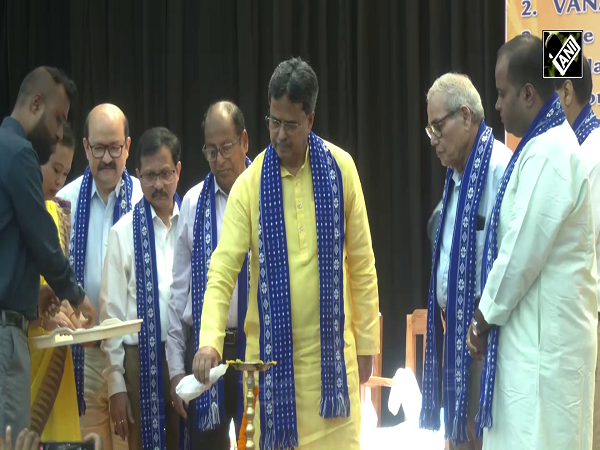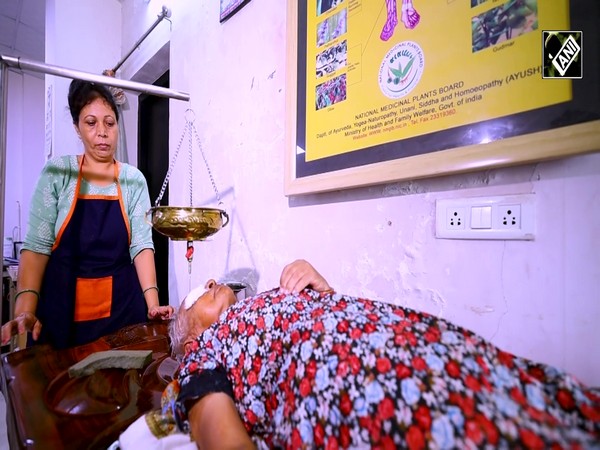Another reason to be happy after Ram Mandir: Jagadguru Paramhans Acharya on Gyanvapi mosque
Jan 26, 2024

Ayodhya (Uttar Pradesh) [India], January 26 : After the Archaeological Survey of India (ASI) released its survey report on the Gyanvapi mosque in Varanasi, Tapasvi Chhavni Jagadguru Paramhans Acharya said that they have received another reason to be happy after the Ram Janmabhoomi temple was built.
The ASI survey was ordered by the Varanasi district court after the Hindu petitioners claimed the 17th-century mosque was constructed over a pre-existing temple.
"Today is a day of immense joy. We have received another happiness after Ram Temple. The Varanasi Court has made the ASI report public, in which there is proof that the mosque was built after razing down a temple," Jagadguru Paramhans Acharya said on Thursday.
The Jagadguru said that the ASI survey report proves that on September 2, 1669, the Adi Vishveshwar Temple was destroyed and the Gyanvapi mosque was built at the site.
"In 1669, on September 2, Adi Vishveshwar Temple was destroyed and a mosque named Gyanvapi was built. The proof of this is in the ASI survey report. This is a matter of joy for all Sanatanis and Indians...," Paramhans Acharya said.
Paramhans Acharya expressed hope that the the 'Varanasi' issue would be resolved like Ayodhya after an order from the Supreme Court and Adi Vishweshwar will be worsipped again.
"Soon we will have an order from the Supreme Court,...soon the matter will be resolved and we will start worshipping Adi Vishweshwar. The Varanasi issue would also be resolved just like Ayodhya," the Jagadguru said.
Paramhans Acharya appealed to people from both sides of the legal battle not to put any hurdles and to respect the decision of the court.
"People from both sides should respect the court... No one should now try to put any hurdles into this...When the proof of cultural encroachment is visible, then both sides should respect the court and accept the reality," he said.
The ASI report on the Gyanvapi mosque complex revealed that a pre-existing structure appeared to have been destroyed in the 17th century, and "part of it was modified and reused," adding that based on scientific studies, it can be said that there "existed a large Hindu temple prior to the construction of the existing structure."
The ASI also said the "western wall of the existing structure is the remaining part of a pre-existing Hindu temple".


















